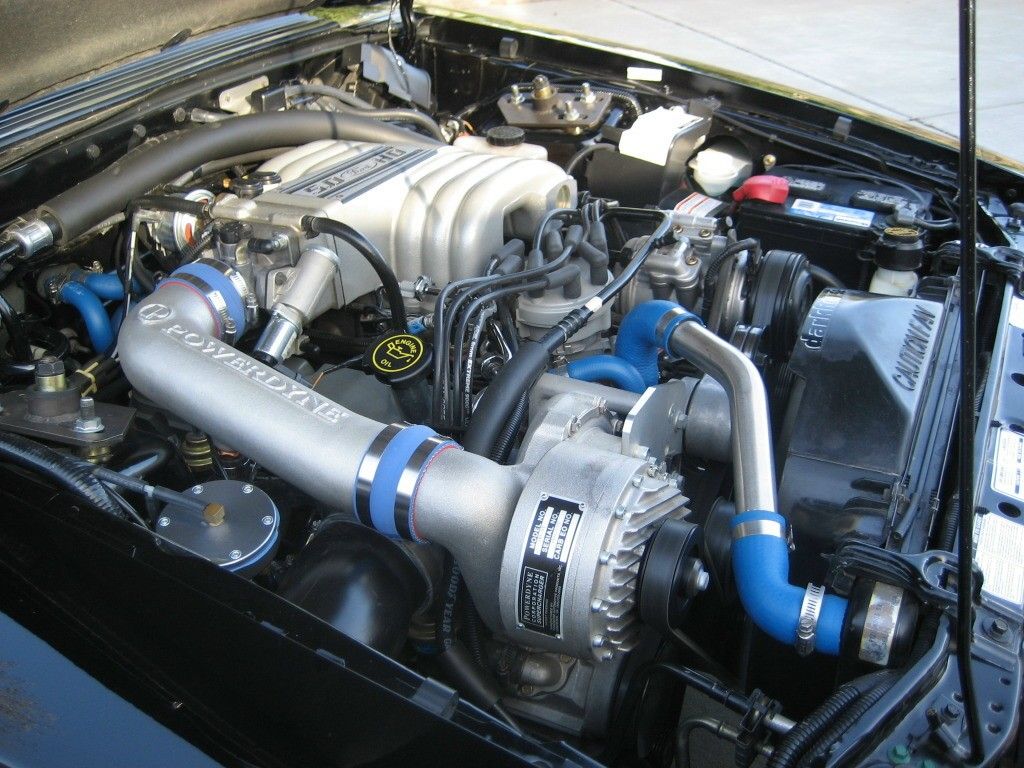Boyd Allen
Active member
Like many of you, I have always obsessed about seating my bullets straight, and I will not discontinue this practice, but a recent experience has put this pursuit is its proper perspective.
A fiend gave me a take off 6PPC barrel that is probably a Bartlein or Krieger four groove, that while the end of its life, evidently has some good groups left in it. After adjusting the thread diameter a few thousandths, I installed it on my Viper bench rifle, and took it to the range with my loading kit. After firing my first tests, I used my regular FL die, an out of production Harrell Vari-Base, that is not designed to change the shoulder diameter of fired cases, to size the brass, primed the cases, measured the powder and started to seat my first bullet. The case would not insert fully into the seater. Trying another seater, I found the same problem. After some head scratching, I discovered that the chamber is about .005 larger than standard for a 6PPC. Luckily I had a Hornady one piece die with me, so I finished my testing using it. Later, I thought about what sizing down shoulders that much might do to the life of my brass, and decided to see if I had a different seater that would work. As it happens I do. It came to me as part of a writing assignment, and for that reason I will not reveal its maker, since they are a an excellent company, with this one bad design. The seater produced the most erratic and large loaded round runout that I have ever seen, up to .006....but it would work with the oversized brass from this barrel, and since I am seating .003 short of jam, (and the throat was long) and thought that the rounds might straighten in the chamber, I decided to give it a try. It is a good thing that I did. I have shot more high zero, and low one three shot tests with that barrel than any that I have tried before. I have not even put a round that has been chambered on my gauge. What would be the point? All the information that I need is right there on the target.
A fiend gave me a take off 6PPC barrel that is probably a Bartlein or Krieger four groove, that while the end of its life, evidently has some good groups left in it. After adjusting the thread diameter a few thousandths, I installed it on my Viper bench rifle, and took it to the range with my loading kit. After firing my first tests, I used my regular FL die, an out of production Harrell Vari-Base, that is not designed to change the shoulder diameter of fired cases, to size the brass, primed the cases, measured the powder and started to seat my first bullet. The case would not insert fully into the seater. Trying another seater, I found the same problem. After some head scratching, I discovered that the chamber is about .005 larger than standard for a 6PPC. Luckily I had a Hornady one piece die with me, so I finished my testing using it. Later, I thought about what sizing down shoulders that much might do to the life of my brass, and decided to see if I had a different seater that would work. As it happens I do. It came to me as part of a writing assignment, and for that reason I will not reveal its maker, since they are a an excellent company, with this one bad design. The seater produced the most erratic and large loaded round runout that I have ever seen, up to .006....but it would work with the oversized brass from this barrel, and since I am seating .003 short of jam, (and the throat was long) and thought that the rounds might straighten in the chamber, I decided to give it a try. It is a good thing that I did. I have shot more high zero, and low one three shot tests with that barrel than any that I have tried before. I have not even put a round that has been chambered on my gauge. What would be the point? All the information that I need is right there on the target.



